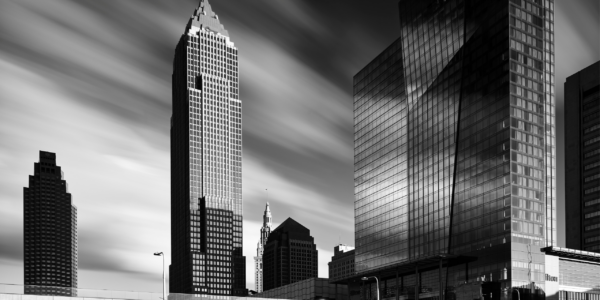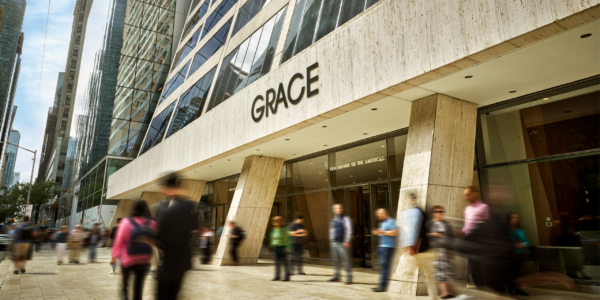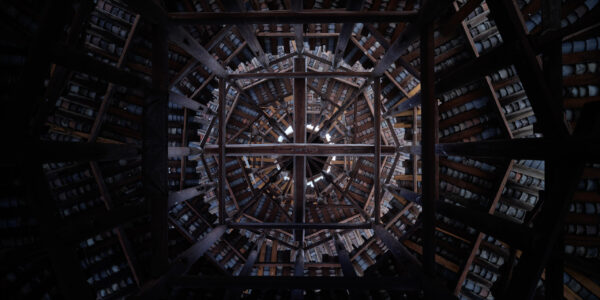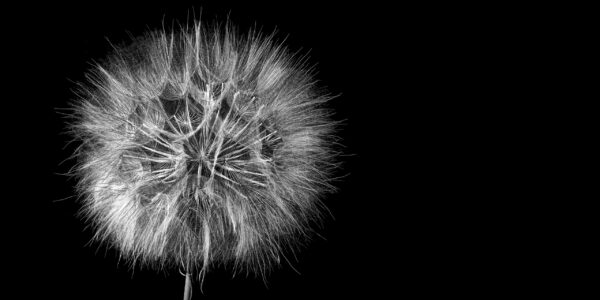Emmanuel Bournot is a sports photographer. When he points his lens at athletes, he doesn’t just capture their figure; he sees works of art in their trained physiques and the drama of their sports careers. He spoke with Phase One about his career, his camera, and his passion for sports photography.
The Fascination of Sports Photography
“I am fascinated by sportspeople. The aesthetics in general and the photogenicity that emerges. Some athletes, including swimmers of very high level, have very harmonious bodies –you can see their very defined musculature. They are like works of art. Sport touches me. I find a lot of drama and emotion. It has become the focus of my career. I have the chance to understand the sport, which allows me to analyze the scenes of action without thinking, and to concentrate on the aesthetics of the fraction of a second that I will immortalize.”
“When I look at a file at 100%, even raw, it does the same thing as when you put on glasses for the first time. We rediscover the notion of sharpness.”
Mastering the ‘Sportrait’
“The biggest challenge in achieving sports portraits, as I see it, is to make these portraits credible and visually appealing. The first imperative when photographing athletes is to master equipment and technique to be able to express creativity. Technical errors do not forgive! The rest is a matter of taste and feeling of the light. The portraits I take are not of real sports scenes. They are simulated to highlight some of the best athletes in the world for brands such as Adidas and Reebok.”
“My inspiration comes from the present moment, from what unfolds before me. I observe the person, and from the first seconds of contact, I can spot the visual strengths of my model and their attitude that will sublimate the image. I direct to make the image more intense in the gestures, the emotion, the look. I do not invent anything, I do not play a role for the athlete. I just adjust things a little. It remains wholly them. It’s all about emotion. The viewer must be able to feel connected to the athlete. It is above all else the emotion, the intensity, that I seek.”
Working with a Phase One
“Phase One is demanding. The tasks entrusted to me are very demanding. Some photographers have a full day to do their pictures. In my case, often I have twenty minutes. Sometimes it’s twenty shoots a day at twenty minutes each, and no rest time. I have to adapt to each personality, and modify scenery, invent and create scenes. You have to reinvent yourself every time. This is the kind of work that you must be very sure of your technique and equipment. With my Phase One, I am serene, I do not even ask questions. It is stable, meets all my requirements, and the preview of the photos that customers see on the IQ Digital Back is of exceptional quality. The customers are reassured from the first shots and leave me free to work.”
“With my Phase One, I am serene, I do not even ask questions. It is stable, meets all my requirements… The customers are reassured from the first shots and leave me free to work.”
“For my work, the rendering of matter and details are paramount. The sharpness in Phase One is surprising. When I look at a file at 100%, even raw, it does the same thing as when you put on glasses for the first time. We rediscover the notion of sharpness. A few months before buying the Phase, I bought a DSLR with a similar equivalence of pixels. I was very pleased with it until I saw the rendering of the Phase One on my computer screen. The difference was staggering.
A medium format is more difficult to grasp than a DSLR, especially regarding the development of a subject in action at shallow depth of field. In my first sports shootings, I first realized my images with a SLR to be sure to get the image that my customers wanted. Once I had it and they were reassured, I would go out with the Phase One to make them crazy! The beauty of the RAW image viewed on the Digital Back, the detail of the materials… The photo appeared so beautiful that it seemed already retouched. Having such equipment ends up convincing your customers. With it, I have no complex, no anxiety. I know it’s going to be fine.”

Photographer Stories
Total Solar Eclipse – Photography Story

Photographer Stories
Roger Mastroianni

Photographer Stories
Matthew Plexman Photography Story

Photographer Stories
Prakash Patel Photography Story

Photographer Stories
Karen Culp

Photographer Stories
T.M. Glass: Flower portraits

Photographer Stories
Preserving ancient Chinese buildings – Dong Village

Photographer Stories
Jeff Puckett – The Art of Photogravure

Photographer Stories
Carollyne Sinclaire – A Portrait of the Heart

Photographer Stories
A photograph can freeze time. Can it also mobilize human action?

Photographer Stories
Guadalupe Laiz – Up Close and Personal

Photographer Stories
How Did a Remote Himalayan Monastery Show Up in New York City?

Photographer Stories
Thomas Biasotto Moments beyond Imagination

Photographer Stories
Photographing the invisible

1-Minute Inspiration
Young and Hungry – Upgrading your career and kit with Phase One
